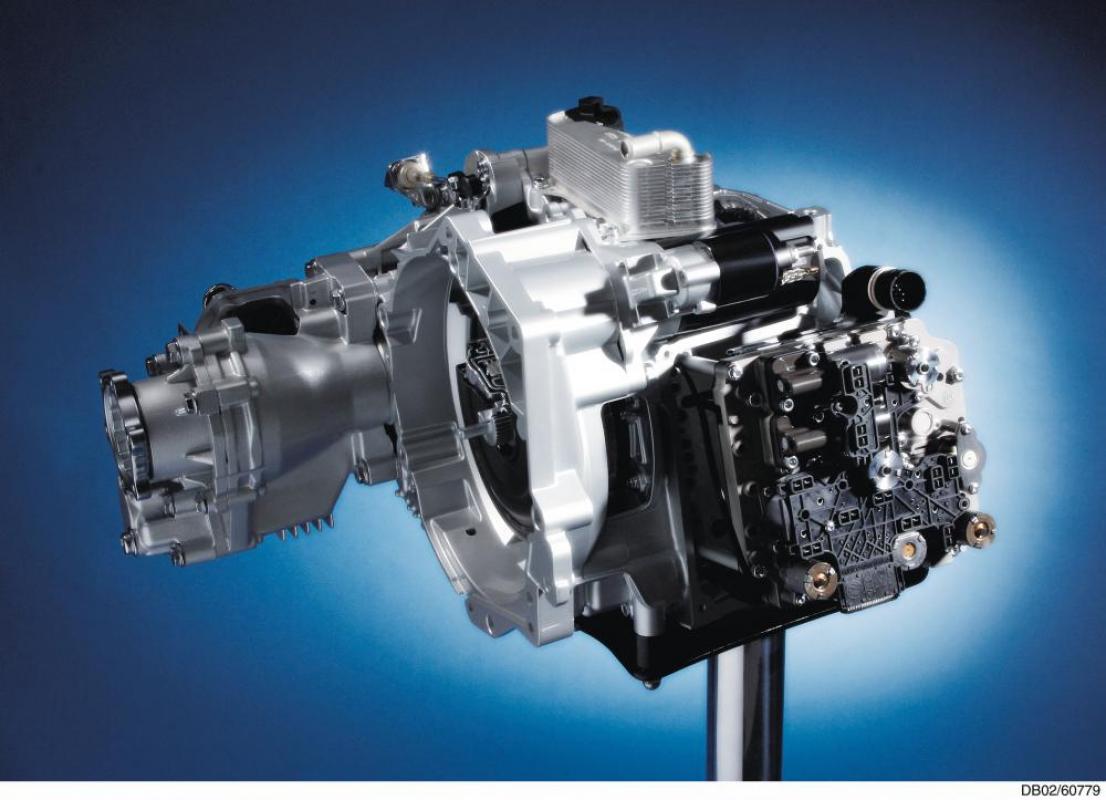Causes of reverse gear failure in DQ250
Director of "AKPP-servce" company, Izhevsk, Russia
The diagnostics showed the DTC 19143 or P2711.

The first thing to do is to show on the diagnostics tool display the following parameters: shaft rotation speed К1 and К2 (groups 11.1 and 12.1), shift fork stroke 1- 3 (group 16.1) and 6-R (group 16.4), clutch pressure (groups 11.4 and 12.4). When the engine is idling (so, there is no load), the shaft rotation speed and the clutch pressure are supposed to equal zero. If the shaft К1 is rotating when the selector switch is in P or N, that is reason enough to suspect a clutch failure. Then you should alternately shift into reverse and neutral: in reverse, the fork 1-3 is supposed to switch into a neutral position (0+/- 1 mm), the 6-R is supposed to activate the reverse (-7–9 mm), whereas, when the selector lever is in Neutral, the fork 1-3 is to shift into position 1 (7–9 mm) and the fork 6-R – into the neutral position (0+/- 1 mm). When shifting gears, the pressure in the clutch К1 is supposed to equal 0. After a successful gear change, the pressure is going to rise until it reaches approximately 2.3–2.4 bar, and you can feel that the torque is beginning to be transmitted onto the wheels. The shifting of the forks should be a single-step operation, there aren’t supposed to be any repetitions after failed attempts. At the same time, even under normal transmission operation, the driver can sometimes feel a slight jerk, but just a single one. In case of a failure, after the ineffective attempts to shift into a gear, such jerks and kicks happen repeatedly, approximately once every second. After a fifth or a sixth failed attempt to engage a gear, the TCM decides a failure has occurred and switches into the emergency mode.
The top line, the positive value refers to the switching into the first gear. 0 mm – Neutral, 8.6 – First gear is on.
The lower line, the negative value refers to the switching of the reverse clutch. 0 mm – Neutral, -8.3 – Reverse gear is fully engaged.
On the video, I alternately activate the D and N modes. You can clearly see the several attempts to engage the reverse gear: the first time it switched on the third attempt, the second time it did not engage at all, and when there are more than three failed attempts, the emergency mode is activated and all the forks switch into Neutral.
When idling and with a clutch pressure of 0 bar, the input shaft is still rotating. This happens due to the fact that the failed piston compressing the clutch cannot return into the initial position and release the clutch К1 completely. Part of the torque goes onto the input shaft. The power of the synchronizer is insufficient to bring the shaft to a stop, and, as a result, the clutch of the required gear cannot engage. Consequently, as it was described above, the TCM considers it to be a failure and turns on the emergency mode.
The cause of all that is the wear of the piston working surface: it limits the travel of the piston and prevents it from returning into the initial position, reducing the clutch clearance.
The other possibility is that the difficulties in gear changing can be associated with the synchronizer wear, due to which its friction against the gear has reduced, so even when sufficient effort is applied from the gear clutch, no closure of the gear and the shaft takes place. In this case, there will be observable differences in the shifting into forward and reverse gears.
Solutions
If the root of the problem is in the clutch, it will have to be replaced completely, as a clutch assembly. It is impossible to check the piston working surface, because it comes in a sealed undismountable unit.
If during diagnostics you suspect a failure of the mechanical part and the fork drives, you can check the fork pistons for pressure integrity by means of supplying pressure onto them after dismantling the mechatronic unit (TCM). If the pistons have considerable wear, they can spin in their holes and break down completely. So, they need to be replaced.
You can only check the synchronizers for wear after their visual inspection, which requires a complete disassembly of the transmission.
